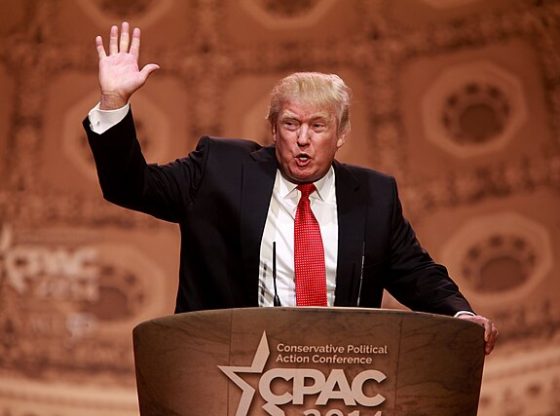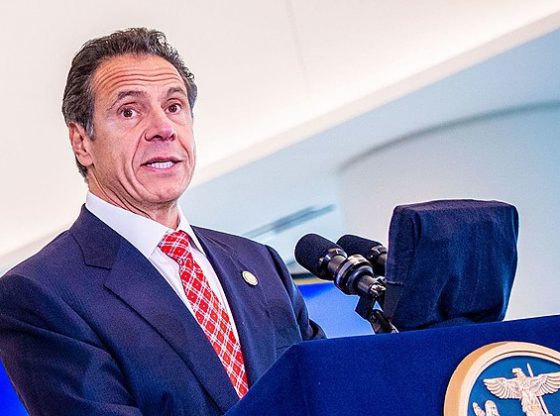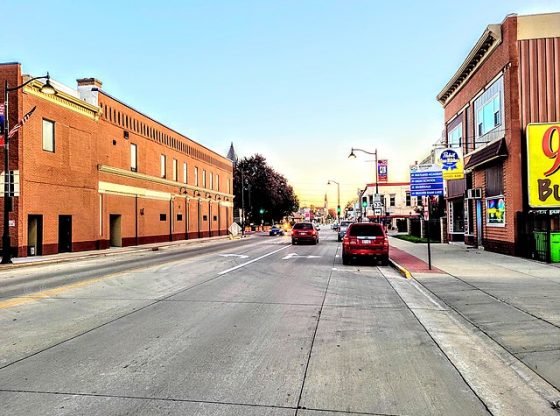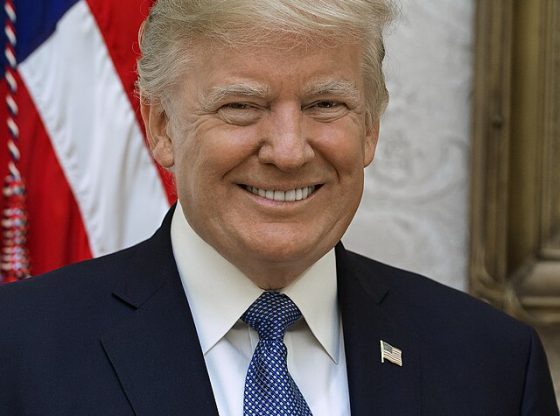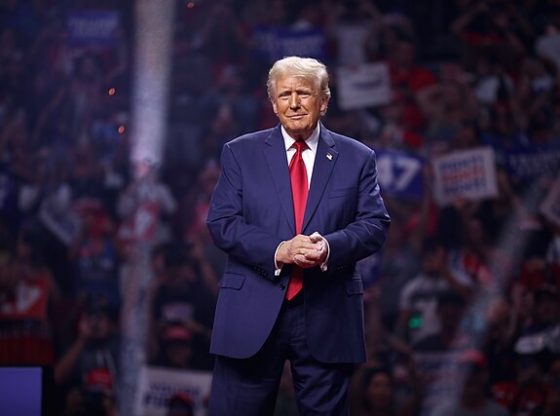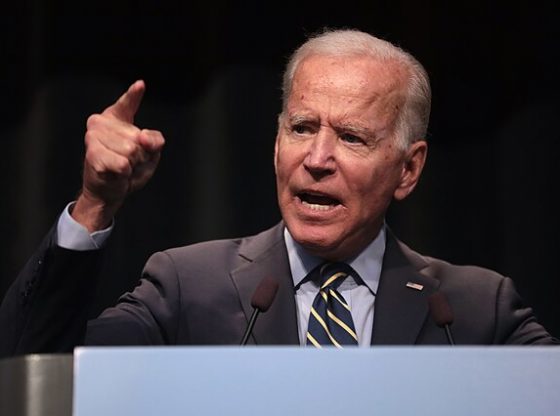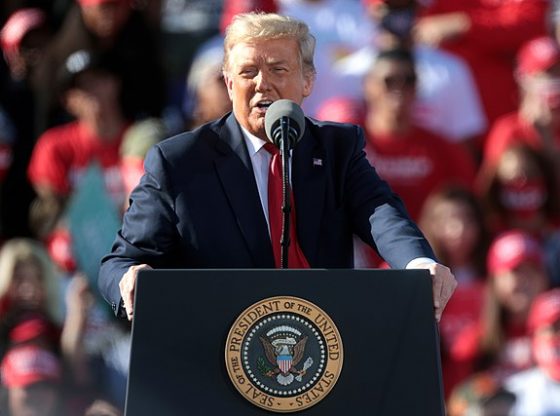President Joe Biden has begun calling out companies for shrinking product sizes, alleging corporate greed; however, companies are resorting to shrinking products in response to inflationary conditions that have been exacerbated under Biden, experts told the Daily Caller News Foundation.
Biden began heavily promoting a talking point earlier this month, denouncing corporations for engaging in “shrinkflation,” or lowering product sizes to reduce expenses, and claiming that companies are trying to profit more from already inflation-stressed consumers, according to multiple statements. While many companies do engage in shrinkflation, they often do so to keep price levels stable amid costly inflation to not lose the appeal of customers who are sensitive to price changes, rather than raising prices for the same goods, experts told the DCNF.
“Inflation is caused by too much money in the economy relative to goods and services produced,” Ryan Bourne, R. Evan Scharf Chair for the Public Understanding of Economics at the Cato Institute, told the DCNF. “We saw too much monetary and fiscal stimulus in the early pandemic, and this drove up prices much higher than they’d otherwise have been. Some businesses reacted by shrinking products rather than raising sticker prices. But that’s not them pulling a fast one on consumers, it just reflects them thinking that that’s the most profitable way to retain consumers in light of the reality of rising demand and growing costs.”
Costs for companies have been growing due to the high inflation seen under Biden, with prices rising 18% since January 2021, when the president first took office. Inflation peaked at 9.1% year-over-year in June 2022 and has failed to decelerate below 3% since, despite the Federal Reserve’s target of 2%.
“I’ve had enough of what they call shrinkflation,” Biden said in the video. “It’s a rip-off. Some companies are trying to pull a fast one by shrinking the products little by little and hoping you won’t notice. Give me a break. The American public is tired of being played for suckers. I’m calling on companies to put a stop to this. Let’s make sure businesses do the right thing now.”
The Bureau of Labor Statistics, which collects and publishes inflation data, already seeks to account for shrinkflation in its data through monthly reviews of product sizes. The agency notes that shrinkflation occurs because consumers are more sensitive to price changes rather than changes in size, meaning Americans are more likely to be dissuaded from buying a product they would normally buy if the price increases rather than if its size changes.
“In addressing inflation, companies have two choices — they can either raise the price on the existing quantity of the good they are offering or they can keep the current prices and reduce quantities,” Michael Faulkender, chief economist and senior advisor for the Center for American Prosperity, told the DCNF. “The bottom line is that companies cannot simply absorb the increases in input prices they have incurred from Biden’s inflation.”
Many companies resorted to shrinking product sizes to keep price points stable for consumers immediately following the worst of inflation under Biden, with Gatorade designing bottles that were 14% smaller and Burger King lowering the number of nuggets in its $4.49 meal to eight instead of ten, according to Business Insider. Frito-Lay reduced the quantity in its bags from 9.75 oz to 9.25 oz, with the company saying that it was done so customers could enjoy the same price while accounting for inflation.
Many economists point, at least in part, to the Biden administration’s high-spending policies as the cause of the high inflation, which has led to the national debt ballooning to more than $34 trillion before the end of 2023. Biden signed the American Rescue Plan in March 2021, authorizing $1.9 trillion in new spending, and the Inflation Reduction Act in August 2022, which added another $750 billion in new spending.
“Their raw materials, interest costs, regulatory costs, and labor costs have all risen as a result of the failed policies of Bidenomics,” Faulkender told the DCNF. “These costs will therefore be passed along to consumers. Any attempt by the Left to blame inflation on companies seeking profits fails to explain why we had one-third the inflation during the Trump administration as we’ve had under the first three years of Biden. Were companies not seeking profits when Trump was president?”
Prices increased only 7.8% during the entirety of President Donald Trump’s term, from January 2017 to January 2021, according to the Federal Reserve Bank of St. Louis. Year-over-year inflation stayed between 1.5% and 3% through the entirety of Trump’s time in office.
The consumer price index measured 3.1% inflation year-over-year in January, failing to meet expectations of 2.9% and throwing cold water on some predictions that inflation would moderate soon. Following the release, many investors changed their future projections to a “no landing” scenario, where inflation will remain elevated but strong economic growth will continue.
“If anything, Biden should be grateful that businesses engaged in shrinkflation,” Bourne told the DCNF. “The alternative would have been even higher sticker prices for food products, which would have been more salient costs of inflation to customers. In that world, Biden would be under even more pressure today for high grocery bills.”
The White House deferred the DCNF to previous statements.
Will Kessler on February 18, 2024




